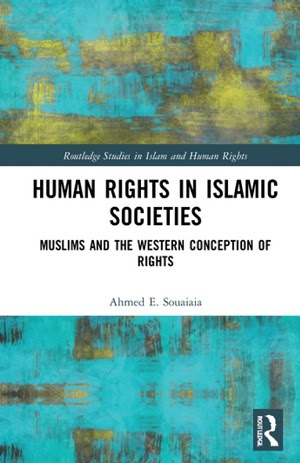Is There a Right to Immigrate?
https://karama.huquq.com/2017/09/is-there-right-to-immigrate.html
1. The Immigration Question
Every year, close to one million individuals from foreign nations migrate to the United States
legally. But many more are turned away.
 |
| Image provided by editors, not included in author's original. |
Some reason that, just as a private club may exercise its discretion as to whom to admit or
exclude, so a nation-state has the right to choose whom to admit or exclude. Some believe that
we must exclude most would-be immigrants in order to maintain the integrity of our national
culture. Others argue that immigrants cause economic hardship for existing citizens—that they
take jobs from American workers, depress wages, and place an undue burden on social services
provided by the state. Some go so far as to warn that unchecked immigration would bring on
environmental, economic, and social catastrophes that would reduce the United States to the
status of a Third World country.
Few would question the state’s right to exclude at least some potential migrants. For
example, the state may deny entry to international terrorists or fugitives from the law. The
interesting question concerns the vast majority of other potential immigrants—ordinary people
who are simply seeking a new home and a better life. Does the state have the right to exclude
these ordinary people?
In the following, I argue that the answer to this question is no. I shall assume that we are
considering ordinary, noncriminal migrants who wish to leave their country of origin for morally
innocent reasons, whether to escape persecution or economic hardship, or simply to join a
society they would prefer to live in. Though I shall conduct the discussion in terms of the
situation of the United States, most of my arguments apply equally well to other countries.
My strategy is to argue, first, that immigration restriction is at least a prima facie violation
of the rights of potential immigrants. This imposes a burden on advocates of restriction to cite
some special conditions that either neutralize or outweigh the relevant prima facie right. I then
examine the most popular justifications offered for restricting immigration, finding that none
of them offers a credible rationale for claiming either that such restriction does not violate rights
or that the rights violation is justified. This leaves immigration restrictions ultimately unjustified.
A word about
theoretical assumptions. In my view, most general theories or
theoretical
approaches in political philosophy—liberal egalitarianism,
contractarianism, utilitarianism, and
so on—are too controversial to form a secure basis for reasoning. It is
not known which, if any,
of those theories are correct. I have therefore sought to minimize the
reliance on such theories.
This does not mean that I assume that all such broad theories are false;
I merely refrain from
resting my arguments on them. Thus, I do not assume utilitarianism,
contractarianism,
libertarian rights theory, liberal egalitarianism, nor any general
account of harm or rights. Nor
do I assume the negation of any of those theories. Instead, I aim to
rest conclusions on widely-shared ethical intuitions about relatively
specific cases. The method is to describe a case in
which nearly everyone will share a particular, clear intuitive
evaluation of some action, and then
to draw a parallel from the case described to some controversial case of
interest. This
methodology follows a well-established tradition in applied ethics;
 I propose that the approach
be applied to the issue of immigration. The approach can, of course, be subjected to criticism,
particularly for the weight placed on common ethical intuitions, but this is not the place for a
general discussion of the value of ethical intuition.
I propose that the approach
be applied to the issue of immigration. The approach can, of course, be subjected to criticism,
particularly for the weight placed on common ethical intuitions, but this is not the place for a
general discussion of the value of ethical intuition.
 In any event, the intuitive premises I shall
rely on are, I hope, much less controversial than the broad philosophical theories of the sort
mentioned above, and much less initially controversial than the immigration issue itself...
In any event, the intuitive premises I shall
rely on are, I hope, much less controversial than the broad philosophical theories of the sort
mentioned above, and much less initially controversial than the immigration issue itself...
__________
This article originally appeared in Social Theory and Practice, Vol. 36, No. 3 (2010), pp.429-61. Reprinted by permission of Social Theory and Practice.
This article originally appeared in Social Theory and Practice, Vol. 36, No. 3 (2010), pp.429-61. Reprinted by permission of Social Theory and Practice.























